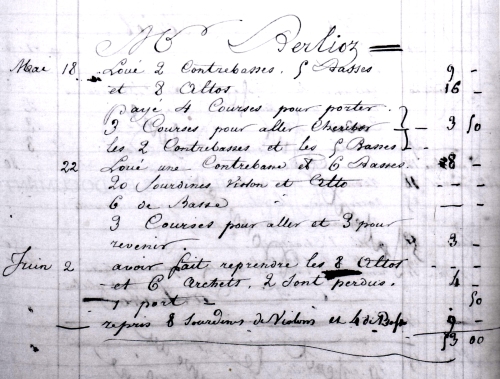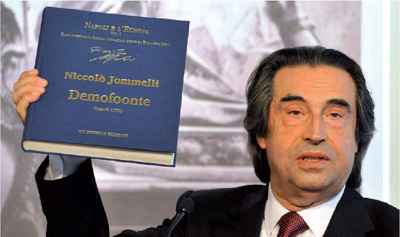Berlioz’s Symphonie fantastique, which was first performed on 5 December 1830, was originally slated for a concert on 20 May of that year. Musicologists have been trying to piece together the circumstances of the cancelled premiere, but until now two factors have eluded them: the size of the orchestra and the number of rehearsals that were held.
Recently discovered documents shed light on both questions. A prior advertisement from the performance venue called for a specific number of additional string players, settling the first question.
Also, the 1830 register of the Gand instrument firm has been found to include entries for several string instruments rented to one “Mr Berlioz” on 18 and 22 May, establishing these as the dates of the two rehearsals that the work received.
Taken together, these sources indicate that the aborted premiere would have included at least 22 violins, 10 violas, 9 or 10 violoncellos, and four or five double basses.
Below, Charles Munch conducts the Boston Symphony Orchestra in 1962 for Marche au supplice, the work’s fourth movement.















